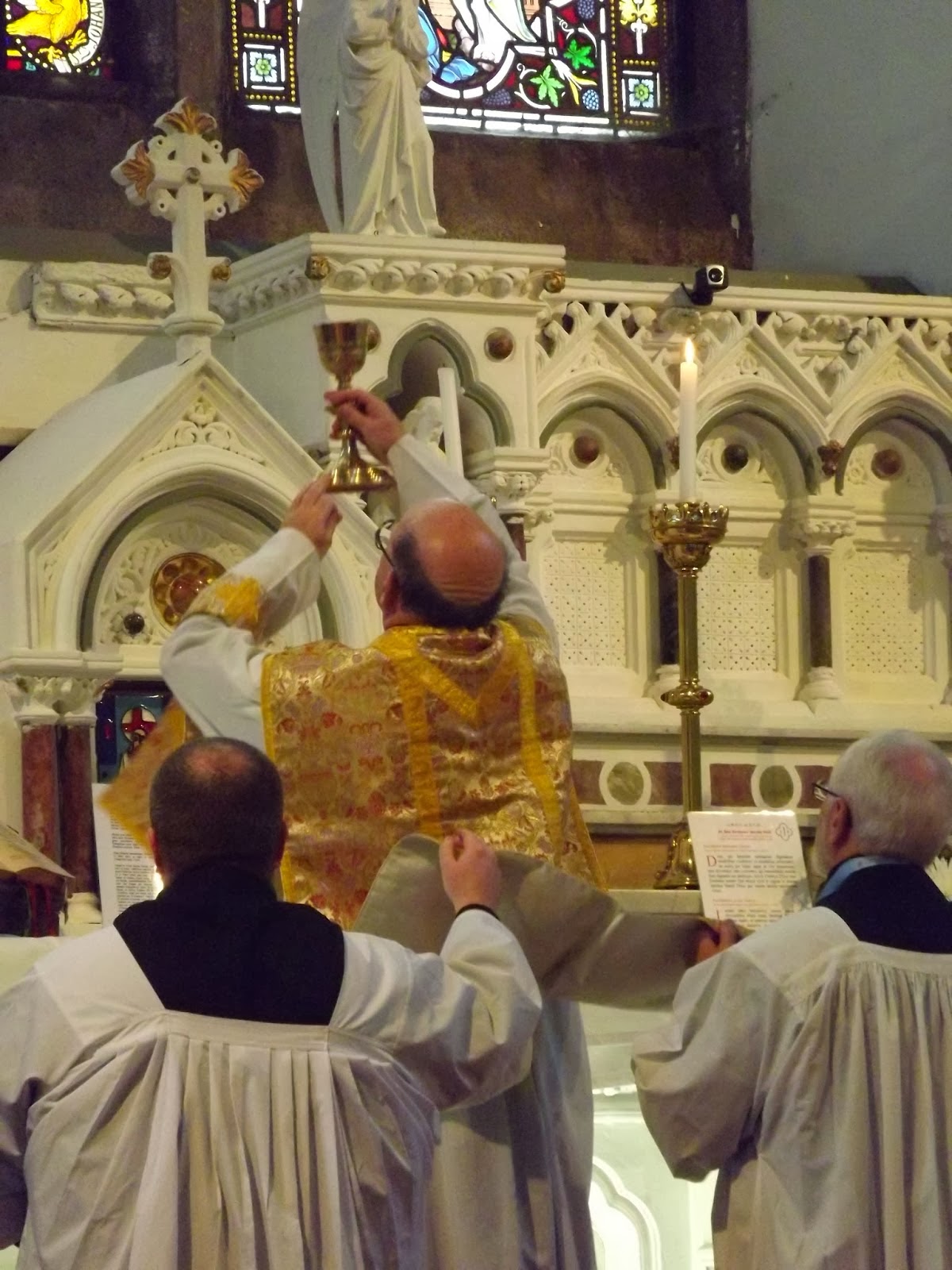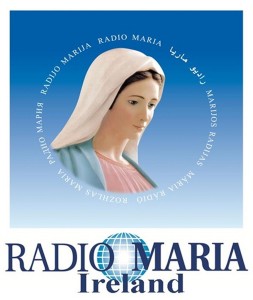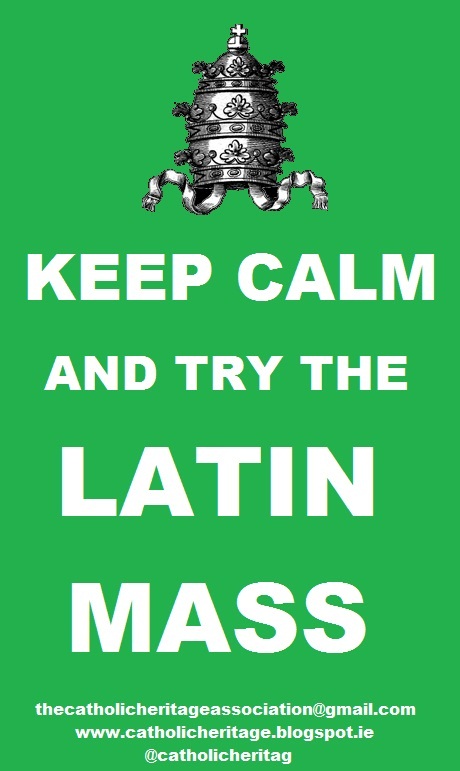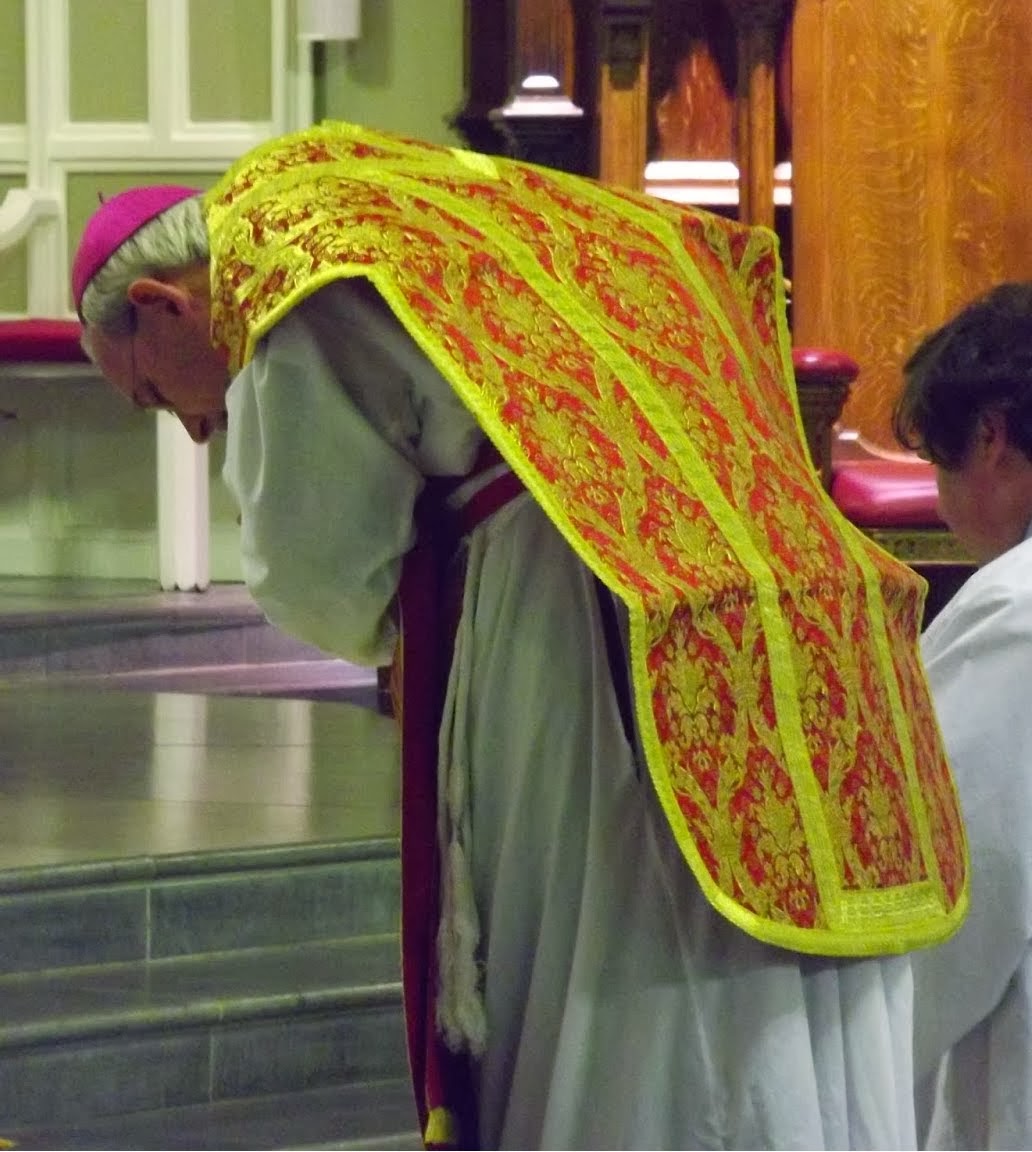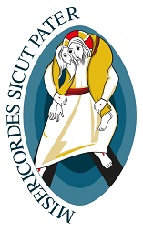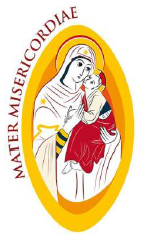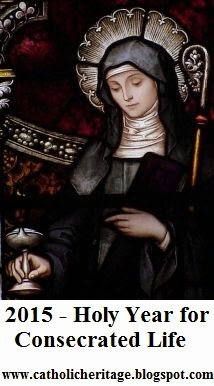As the Boys' Town series ended, another pair of films portraying Priests was released, namely Going My Way (1944) and The Bells of Saint Mary's (1945). In both, the character of Fr. 'Chuck' O'Malley, the somewhat too up-to-date troubleshooter for a Parish in trouble, is played by Bing Crosby. The role came in the middle of the 'Road Movies', a series of comedic films in which he starred. The contrast is distinct and uncomfortable. On the other hand, Crosby was the biggest box office draw during these years and his portrayal of a Priest, while less than dogmatic, can only be regarded as sympathetic.
His relationship with Fr. Fitzgibbon (Barry Fitzgerald) must be one of the most human and generous portrayals of the Priesthood in film. In the clip above, Fr. O'Malley sings the ill and elderly Fr. Fitzgibbon to sleep.
A third Priest, the avuncular Fr. O'Dowd played by Frank McHugh (who played the same character again in 1952 in another Leo McCarey production My Son John), is a classmate of Fr. O'Malley. The pair are engaged in a 'generation gap' plotline in contrast to Fr. Fitzgibbon, although the youngsters are shown taking matters of religion quite as seriously. Golf, of which Crosby was famously fond, is the first testing ground - nothing but a poolroom moved outdoors as Fr. Fitzgibbon has it. Nevertheless, the fraternal charity of brother Priests wins out in the end.
Even the question of Priestly celibacy is dealt with in the film. Genevieve Linden, a star of the Metropolitan Opera in New York (played by Risë Stevens, who was actually a star of the Met and whose famous 'Carmen' is reprised on screen), whose career has interrupted a romance between her and Chuck O'Malley (before he entered the Seminary, mind you), meets O'Malley again without realising that he is a Priest. However, once she realised that he is a Priest she never drops the title 'Father' when addressing him.
In the end, Fr. Fitzgibbon settles the matter: "We're separated by many years, Fr. O'Malley, which may be the reason we haven't seen eye-to-eye in many instances, but 'though we've had many differences, we never differed in fundamentals. 'twas only in method... but never in our hearts." That it might ever be so.
In the second film, Fr. O'Malley crosses wits with another set-in-their ways individual. This time Sr. M. Benedict, played by Ingrid Bergman, who would go on the play St. Joan of Arc a few years later. The dramatic structure is essentially the same - conflict, crisis, resolution.
To traditionalist eyes looking in hindsight, the portrayal of Priests in these films seems to be very close to modernist vs. traditionalist, with the modernist having all the best songs - and the writer on his side. Viewed in that light, they are offensive to pious eyes. However, viewed with a certain artistic license and with a suspension of dis-disbelief, they portray the Priest as a human with sympathy and as a Priest of God with due respect.
The Priest in these films is always put into context. His relationships with layfolk, with brother Priests, with women, and even with himself and with God are balanced, articulated and decent. These relationships are not always easy but are always portrayed in a proper and reverent way.
As You Began, So You Remain
-
Friedrich Hölderlin (1770-1843), "The Rhine," lines 46-53 (tr. Christopher
Middleton):
A riddle it is, whatever
Springs from the pure source. Even song
Ma...
1 hour ago

